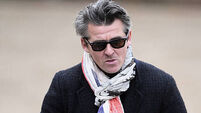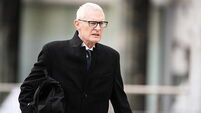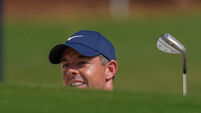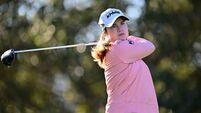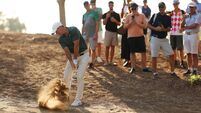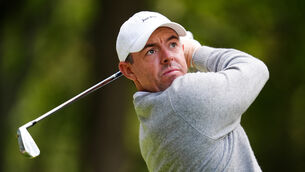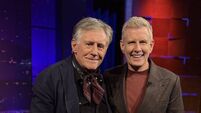US Open is predictably unpredictable
Everything seemed so straightforward back in the good old days. The good old days of 2002, that is.
When the time came to preview the four major golf championships you went directly to Tiger Woods and predicted he would win. More often than not you were right. Easy.




